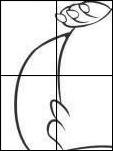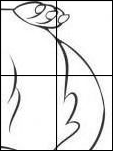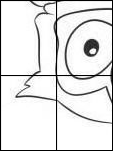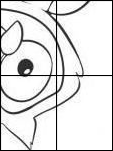2018-08-25-circle
2018-08-25-box3
2018-08-25-box2
2018-08-25-box1
2018-08-20-sister
2018-08-20-face
2018-08-19-cylinder3
2018-08-18-cylinder2
2018-08-18-cylinder1
2018-08-17-box3
2018-08-17-box2
2018-08-17-box1
2018-08-16-ball
2018-08-15-circle
2018-08-15-ball
2018-08-14-circle
2018-08-09-cat-freehand
2018-08-08-geometry
2018-08-07-hand-basic-shape
2018-08-06-eyes
2018-08-06-dog
2018-08-05-face
2018-08-05-elf
2018-08-04-hand
2018-08-03-cat
2018-08-02-wind
2018-08-01-face-outline
2018-07-31-hands-are-difficult
2018-07-30-hand
2018-07-29-geese
2018-07-28-two-guys
2018-07-27-bunny
2018-07-26-face
2018-07-25-face
Computer aided drawing
Drawing on the Right Side of the Brain (Betty Edwards) postulates that your semantic understanding of what you see gets in the way of drawing. In other words, drawing meaningless lines and shapes is easier than drawing, say, an owl. Recognizing an owl (with parts such as ears, eyes, a nose and a beak) gets in the way of seeing the lines and whitespaces that make up the owl. One of the first exercises in Betty Edwards’ book is to draw a portrait twice, once right side up and once upside down. I completed this exercise and was stunned to find that my upside down drawing was vastly better. So, to do more of these kinds of exercises, I’ve created a small script which flips an image upside down, cuts it into four pieces, and draws grid lines over each piece.
For example, seeing the lines instead of the owl is difficult in this picture: 
In contrast, it’s much easier to focus on lines, proportions, relationships, and whitespaces when drawing these four images:




I turn my sketchbook upside down and draw the four images, one-by-one, side-by-side. The end result is usually much prettier than if I had tried to tackle the right side up picture directly.
